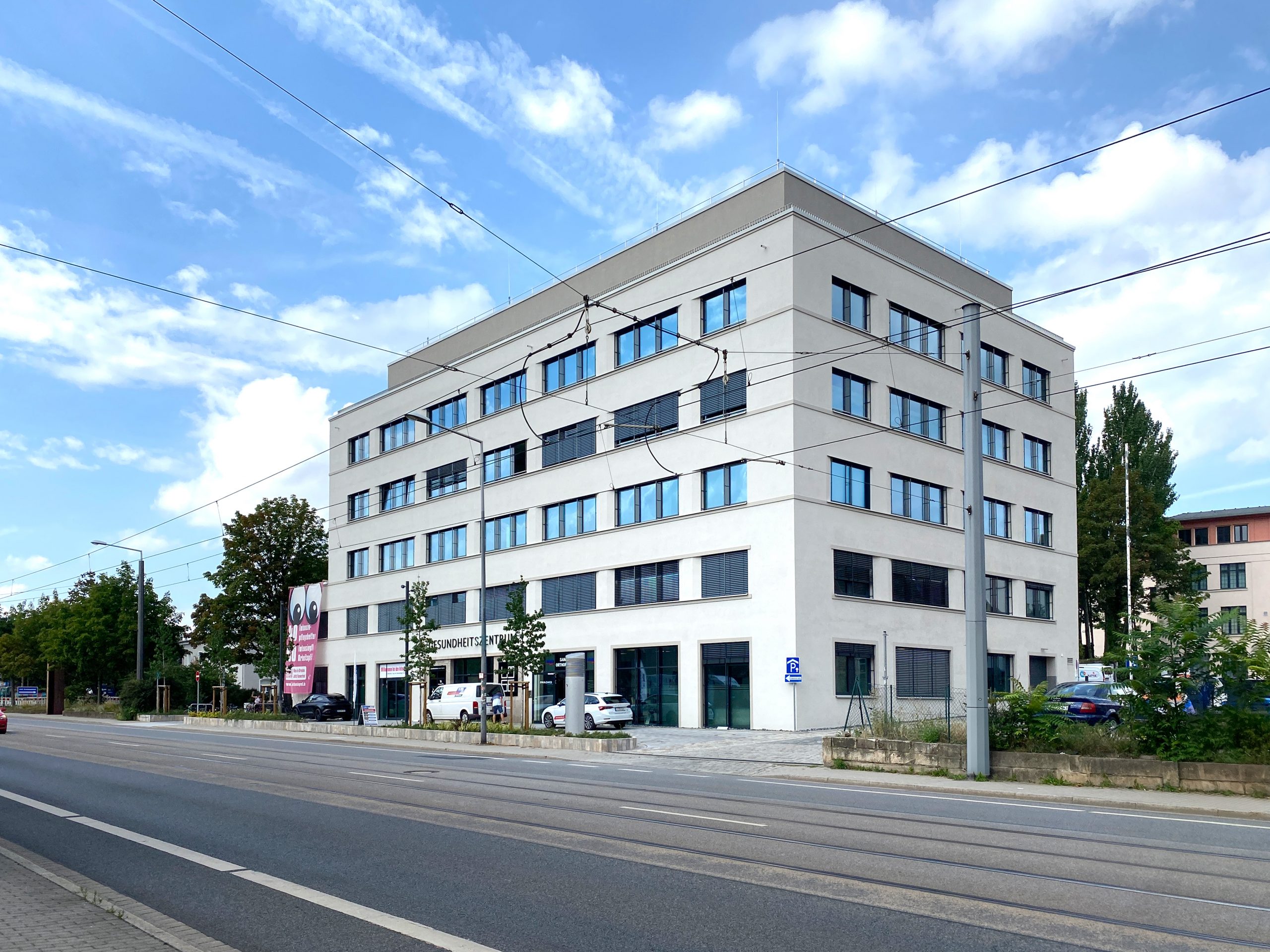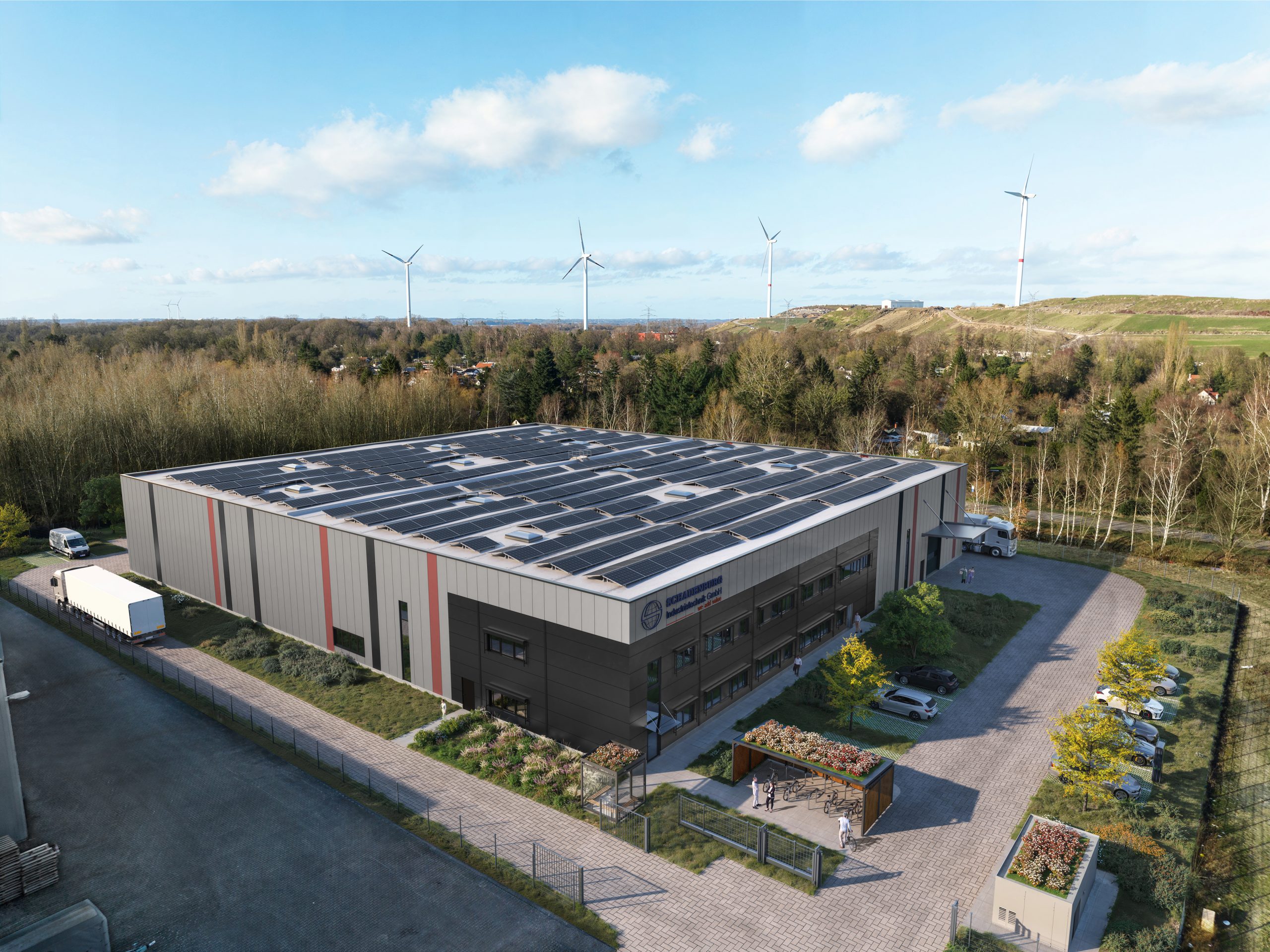For a long time, investment decisions in the real estate industry were based primarily on experience, intuition and limited information. Today, precise, up-to-date data is gaining in importance: it makes it possible to act faster and more transparently – and thus changes the foundations of successful investment strategies. Automated processes and data-driven analyses are a decisive lever for making well-founded decisions in a dynamic market environment. In the following, you can read how data can be turned into strategies and why portfolio holders in particular can benefit from precise analyses and intelligent process automation – also with regard to CO₂ reduction and climate protection.
Data as a compass in the decision-making jungle
In a world of information overload, the question is no longer whether we use data, but how intelligently we use it. Data-driven processes enable precision that replaces assumptions with well-founded insights. Relevant information is available more quickly, and market trends can be identified and anticipated with impressive accuracy. One example of this is the real-time monitoring of energy consumption via smart metering. It not only provides immediate indications of deviations, but also forms an important building block for targeted maintenance measures and sustainable renovation strategies.
Recognizing restructuring potential, maximizing returns
Portfolio holders today face a double challenge: their real estate strategy must be economically viable and at the same time future-proof. A precise analysis of the renovation potential provides decisive answers to this. It creates a reliable data basis that not only enables the strategic development of entire portfolios, but also transparently maps the entire life cycle of a property – from planning to revitalization. It can be used to quantify energy consumption and emissions across all phases of life and, based on this, to identify the most efficient renovation measures. In addition, the analysis takes into account both CAPEX and OPEX of different renovation measures, thus providing a solid basis for the development of long-term renovation strategies at portfolio and building level. With the help of variant comparisons, various options for action can be weighed against each other and tested for their profitability and their effect on CO₂ emissions. This well-founded basis for decision-making supports not only the maximisation of return on investment, but also the return on carbon, which is essential for the future-proof alignment of existing properties.
Data-based decisions along the life cycle
However, data-driven processes do not only show their full potential in the planning of renovation measures – they have an effect along the entire life cycle of a property. Integrated data models help to reliably assess economic and ESG-relevant aspects, especially when selling. Those who identify revenue and cost developments at an early stage can rebundle portfolios in a targeted manner, prepare partial sales or make strategic decisions about an exit – long before deviations from the target become a burden. This is also where the character of digital early warning systems comes into play: deviations in energy consumption, maintenance backlogs or budget overruns can be detected in real time. Decisions no longer have to react to events – they can be made with foresight.
From emission value to measure
One example of this form of data-based control is the so-called CREEM tool: It analyzes individual CO₂ development paths for each object and compares them with the Paris climate target. If a building is expected to exceed the target path in the long term, it is possible to simulate which measures – such as a connection to district heating or the renovation of the building envelope – would be necessary to come back into line with the specifications. This creates a sound basis for decision-making that not only makes climate risks more calculable, but also optimizes the return on carbon – for example, through targeted investments, sales decisions or strategic repositioning in the market.

Smart processes need smart interfaces
A decisive factor here is the question of how well different tools are interlinked. It is not enough to use a powerful software solution – the added value only arises when applications in the company communicate with each other in a meaningful way. For example, classic asset or portfolio management systems can now be coupled with valuation software, so that the transfer of data to appraisers and back can be largely automated. The prerequisite for this is a well-thought-out interface logic that avoids media discontinuities. At the same time, automated processes – even apart from AI – ensure that repetitive tasks are eliminated and employees are relieved. The resources freed up can then be used specifically for more strategic activities. The benefits of such systems increase if they are not used in isolation, but are thought of as integrated infrastructure.
From trial and error to digital resilience
The digital transformation has significantly shortened our reaction time as portfolio managers – decisions must now be made faster, more data-based and more precise. But speed alone is not enough to secure a lasting advantage for your own company – a viable setup is crucial. We are currently in a phase of trying things out: Some software solutions promise a lot, but don’t deliver. Others often prove to be viable only after a few detours. This mode of ‘trial and error’ is currently a necessary part of the digital transformation in asset and portfolio management. The market itself is increasingly sorting itself: providers disappear, are taken over or consolidate. It turns out that it is not only the idea that counts, but above all the consistent and user-centered implementation. Those who are willing to invest wisely and learn from failures today will create the basis for more resilient, future-proof portfolio management.
The future thinks faster – but people remain decisive
As convincing as the potential of digital technologies is, their implementation is not a foregone conclusion. The choice of the right software, the availability and quality of the data as well as the integration into existing processes pose considerable challenges for companies. In addition, technological change knows no pause. What is innovative today may be outdated tomorrow. This makes it all the more important to understand development as an ongoing process. Artificial intelligence and advanced data models will enable even more precise and efficient decision-making in the future. They can help to accurately identify potential for value appreciation and to tailor restructuring strategies.
But the real competitive advantage does not come from technology alone, but from its intelligent application. Those who manage to combine data-based systems with human judgement will act strategically superior in the future. Because even in a data-driven future, one thing remains unchanged: the decisive quality lies in the interplay of experience, judgement and digital tools.






















